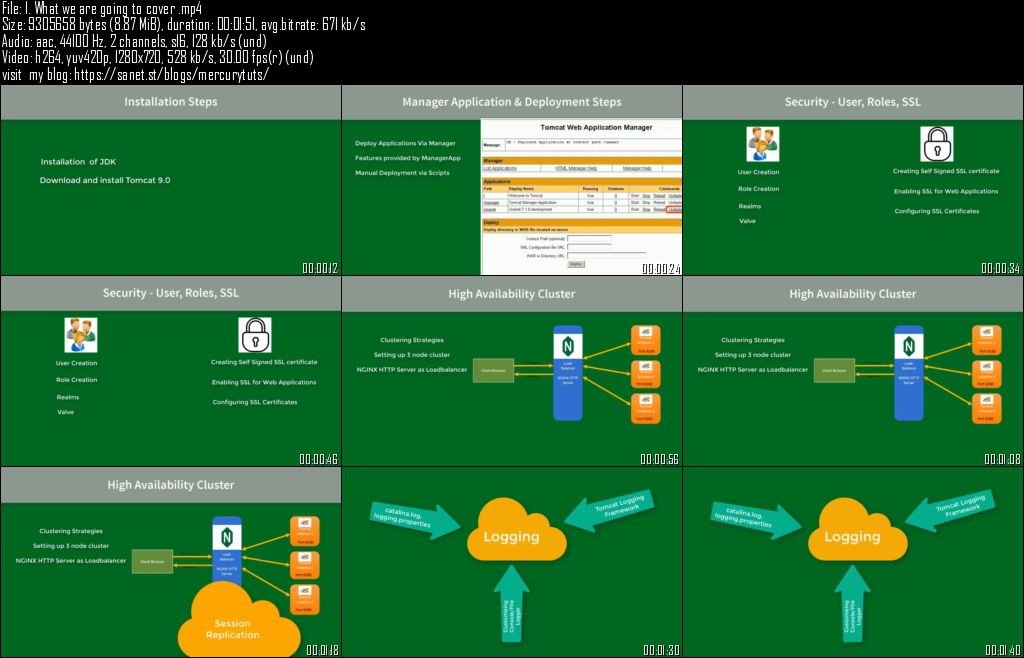

Rarely it also triggers on a tomcat*?.exe process, a jk_nt_service.exe process or, for some embedded systems, binary could have custom process name, but it must have "//RS//" (Run Service) in it's arguments. The pattern usually triggers on a java, jsvc or jsvc.exec process with ".(?:Bootstrap|Tomcat|Main)" in the arguments.
APACHE TOMCAT SOFTWARE
Identification Software Instance Triggers
APACHE TOMCAT TRIAL
Get a free 30-day trial of Tenable.io Vulnerability Management.The current pattern identifies an instance of Apache Tomcat Application Server or Pivotal tc Server running on both Unix/Linux and Microsoft Windows platforms. Learn more about Tenable, the first Cyber Exposure platform for holistic management of your modern attack surface. Join Tenable's Security Response Team on the Tenable Community. Identifying affected systemsĪ list of Tenable plugins to identify this vulnerability will appear here as they’re released. UPDATE : The above section has been updated to reference the correct attribute, requiredSecret. However, if you are using the AJP Connector on your site, you’ll need to ensure the AJP Connector contains the requiredSecret attribute, which is akin to a password, so it needs to be strong and unique. If your site is not actively using the AJP Connector, simply comment it out from the /conf/server.xml file:

If patching is not feasible at this time, there are a few mitigation steps suggested by Chaitin Tech that can be taken to prevent exploitation of this vulnerability, since the AJP Connector is enabled by default.
APACHE TOMCAT UPGRADE
Users are strongly encouraged to upgrade to a newer version of Tomcat to ensure they’re protected against this vulnerability. This vulnerability also reportedly affects Apache Tomcat 6, but Apache has not released a patch, as it is likely no longer supported.

SolutionĪpache has released patches for several versions of Tomcat. Since the security advisory was published, several researchers have shared proof-of-concept exploit scripts to GitHub. As this information is still fresh, we anticipate additional details about its impact will become public in the coming weeks and months. The potential impact of this vulnerability is wide, though we do not have the complete picture as of yet. Apache Tomcat is used by a variety of software applications, often bundled as an embedded web server. &Īnother security researcher, Joao Matos, confirmed that RCE is possible in cases where uploading files is a “feature,” that the uploaded files are “saved inside the document root,” and the AJP port can be reached directly.Īccording to a post in the Apache Software Foundation Blog from 2010, Apache Tomcat has been downloaded over 10 million times.

So, IF you can:Ģ) these files are saved inside the document root (eg.
APACHE TOMCAT CODE
Just for clarify: CVE-2020-1938 is NOT a default Remote Code Execution vul. Henry Chen, a security researcher at Alibaba Cloud, published a tweet confirming that exploiting the vulnerability would allow someone to “read any webapps files or include a file to RCE.” Chen shared a GIF showing the successful exploitation of the vulnerability. Tomcat has fix this vulnerability ,UPDATE! /Jauc5zPF3a You can read any webapps files or include a file to RCE. This vulnerability was discovered by a security researcher of Chaitin Tech. In instances where the vulnerable server allows file uploads, an attacker could upload malicious JavaServer Pages (JSP) code within a variety of file types and trigger this vulnerability to gain remote code execution (RCE).īecause AJP is enabled by default in the /conf/server.xml file in Apache Tomcat 6, 7, 8 and 9, all unpatched versions of Tomcat are vulnerable to Ghostcat.Īpache Tomcat AJP Vulnerability (CNVD-2020-10487/CVE-2020-1938 ). A remote, unauthenticated attacker could exploit this vulnerability to read web application files from a vulnerable server. This is enabled by default with a default configuration port of 8009. AnalysisĬVE-2020-1938 is a file read/inclusion vulnerability in the AJP connector in Apache Tomcat. The vulnerability, dubbed Ghostcat, was discovered by researchers at Chaitin Tech and reported to the Apache Software Foundation on January 3, 2020. AJP is a binary protocol designed to handle requests sent to a web server destined for an application server in order to improve performance. On February 20, China National Vulnerability Database (CNVD) published a security advisory for CNVD-2020-10487, a severe vulnerability in Apache Tomcat’s Apache JServ Protocol (or AJP). Several proof-of-concept exploit scripts for recently patched flaw in Apache Tomcat are now available.


 0 kommentar(er)
0 kommentar(er)
